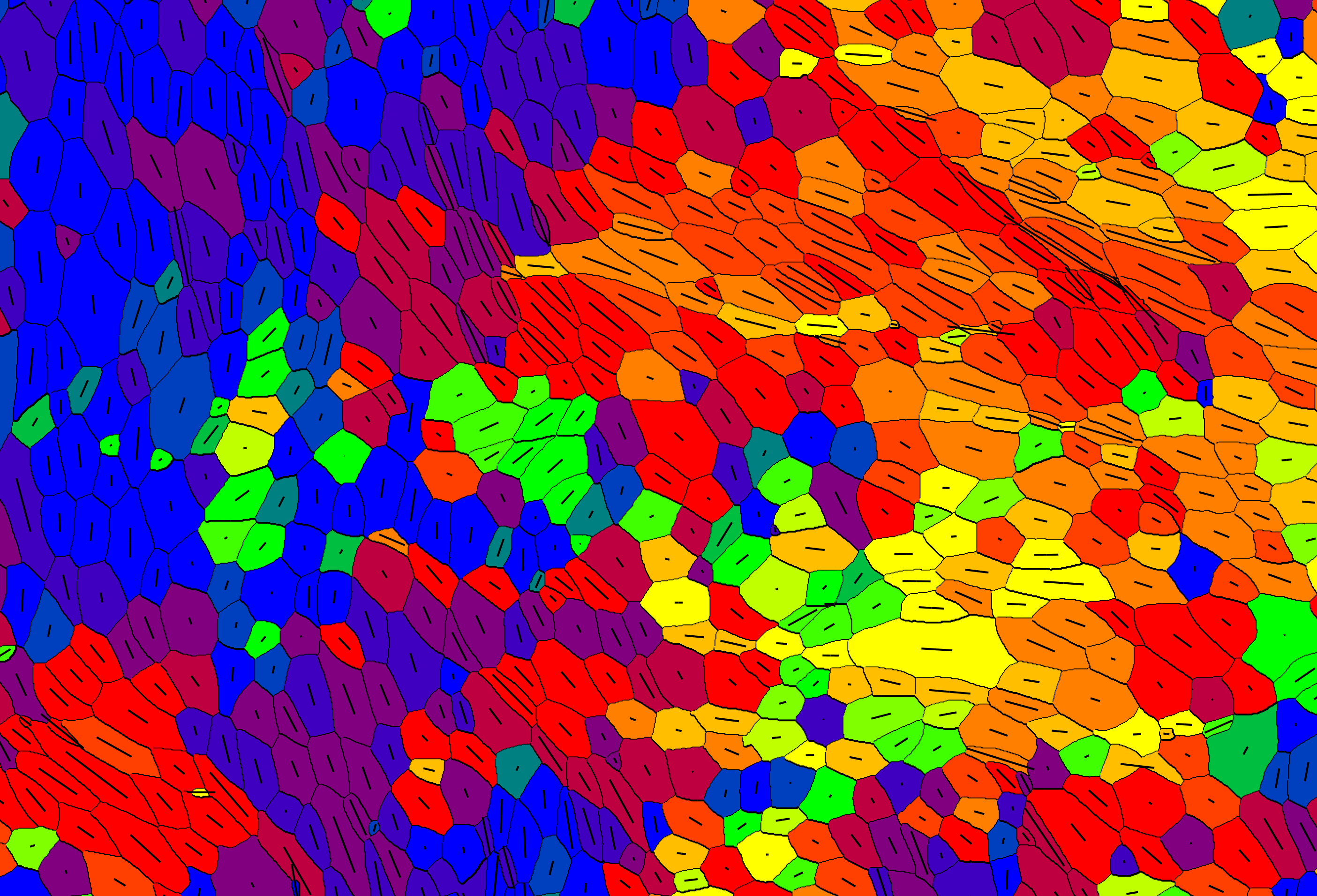“To me, it’s really about making a contribution to understanding disease and biological development and cancer,” said Max Bi, Northeastern Assistant Professor of Physics. “These are important biological problems that I can contribute to from a physics point of view.”
Bi and his collaborators at the Harvard School of Public Health have just published a paper in Nature Physics on the “Geometric constraints during epithelial jamming,” which looks to understand how epithelial cells change in shape and movement to heal injuries or spread cancerous cells. Epithelial cells are the cells that line our body’s organs like the lungs and gastrointestinal tract. The paper details the connection of epithelial cells in Bi’s prior research studying the mechanisms of cells in asthma, in which they’ve connected cell movements and transitions from acting as a solid to a fluid or vice versa. The researchers have discovered a single universal relation which governs how cell shape changes as it undergoes these transitions. The same relation is observed across many systems, including asthmatic cells from the human lung, stem cells from canine kidneys and the developing fruit fly embryo.
In 2015, Bi published a paper in Nature Materials looking at the migration behavior of cells in the lungs of people with asthma. These epithelial cells form the first layer between the air we breathe and the rest of the lung. As an asthmatic attack is induced, the cells start to flow like a fluid after being at rest. This can be compared to the movement of granular materials like sand – which can appear as a static solid that can provide support as we walk on top of it but can also appear fluid as quicksand.
As common as asthma is, its mechanisms are still not well understood. Bi’s research focuses on physical forces exhibited by cells and their communication with neighboring cells in how that may influence asthma. While this might seem like a biological problem, this is a good place for a physicist like Bi to contribute.
“We can ask about cell shape changes and the mechanical environment of these cells at what is different under an asthma attack and the different conditions controlled in the lab,” said Bi.
In the lab, Bi was able to observe differences in cell conditions of both healthy and asthmatic donors. In healthy cells, as the cells are plated, they quickly transition from fluid movement into a static, solid-like state in about two weeks.
“When you have a cold, you injure your airway epithelium, which triggers the fluid-like behavior to move around in order to heal the wound,” Bi said. “This takes one to two weeks in someone without asthma, as we see in the lab.”
However, studying the same process in people with asthma, the injury repair process of these epithelial cells takes longer. After two weeks, the cells are still not stable, and they still show a lot of movement, indicating an incomplete repair. The response can also be seen in applying air pressure to a healed, static culture of cells which, after sensing the difference in air pressure like asthmatic lungs, the cells start to undergo fluidization.
Bi’s work has been focused on building theoretical models that can be used to help understand the transition of fluid to solid to fluid in these dense epithelial systems.
“Our models are simple and based on statistical and soft matter physics, two emerging areas of physics,” said Bi. “We can predict exactly where the transition from fluid to solid happens and make these predictions based on the shape of cells, by simply observing them under the microscope. By looking at these shapes and their statistics in a static image, our predictions would distinguish whether cells would act as fluids or solids.”
Now, as they’ve gotten more understanding in these physical mechanisms of asthma, Bi and his team are looking at other systems to see if they share the universality in shape differences as they transition between these states. For physics, this is an important aspect of the work because many principles of physics are based on taking seemingly different systems and unifying them together with a universal idea of the same underlying physics.
After looking at the fluidization present in asthmatic responses, Bi is switching his focus to work on tumor formation and metastasis. In the spread of cancer, cells often transition from epithelial to mesenchymal cells which causes cells to become mobile and become more individual rather than staying tightly connected with neighboring cells. They are looking to see if this change in motion is being triggered in the same way that asthma and other epithelial systems are, again to come closer to a universal theory.

